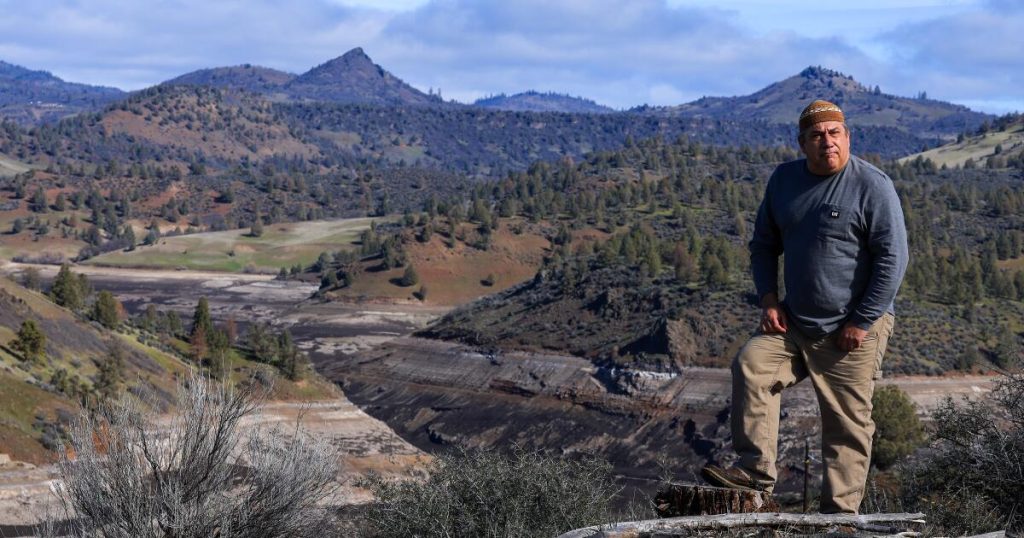The Karuk Tribe’s Journey to Reviving Cultural Burning Practices
For over a century, the Karuk Tribe of Northern California has faced significant barriers in practicing their cultural burning traditions, a vital part of their heritage. However, a landmark legislative change has marked a turning point for the tribe. They have recently regained the right to conduct cultural burns without the need for permits, thanks to the passage of Senate Bill 310 in 2024. This bill allows federally recognized tribes in California to engage in controlled burns after reaching agreements with the state’s Natural Resources Agency and local air quality officials. The Karuk Tribe, renowned for their leadership in cultural fire practices, has become the first to formalize such an agreement, signaling a new era of sovereignty and environmental stewardship.
A New Era of Collaboration and Sovereignty
The shift in policy is both symbolic and practical. Previously, cultural burn practitioners were required to obtain permits from the California Department of Forestry and Fire Protection (Cal Fire) and smoke permits from local air districts. SB 310 eliminates these barriers, allowing tribes to burn without oversight, with Cal Fire transitioning to a supportive, consultative role. For the Karuk Tribe, this change rectifies what they viewed as a violation of their sovereignty. The previous permit system was akin to one government dictating practices to another, undermining their autonomy. Today, collaboration is rooted in mutual respect and a government-to-government relationship, fostering trust and cooperation.
Ancient Practices for Modern Benefits
The Karuk Tribe’s cultural burns are deeply rooted in history, with estimates suggesting that their over 120 villages conducted at least 7,000 burns annually before European contact. These fires were essential for managing the landscape, reducing wildfire risks, and nurturing fire-dependent species. The burns varied in scale, from small, targeted fires to larger ones covering dozens of acres, all meticulously planned to sustain the ecosystem. This traditional knowledge, passed down through generations, highlights the importance of fostering biodiversity and ecological balance, practices that are now recognized as critical in modern wildfire prevention strategies.
The Oak Tree: A Symbol of Life and Resilience
Central to the Karuk Tribe’s cultural and ecological practices is the oak tree, celebrated as a “tree of life.” Oaks provided food, shelter, and materials, making them indispensable to the tribe’s livelihood. Indigenous stewardship involved low-intensity fires to maintain open woodlands, enhancing oak productivity. These controlled burns cleared underbrush, controlled pests, and promoted the growth of culturally significant plants and fungi. The result was a resilient landscape with reduced wildfire risks, a model of sustainable land management that contrasts sharply with the dense, fire-prone environments of today.
Unearthing a Painful History, Paving the Way for Healing
The journey to this new chapter hasn’t been without its challenges. The suppression of cultural burning dates back to the mid-19th century, with laws that punished practitioners and even encouraged violence against them. A 1918 letter from a forest ranger notoriously suggested shooting tribespeople to halt their burning practices. These injustices are part of a painful history that SB 310 seeks to address. The bill is a step toward reconciling past wrongs, acknowledging the sovereignty and ecological wisdom of Native tribes. It’s a testament to the resilience of Indigenous communities and their enduring connection to the land.
A Future Built on Partnership and Mutual Respect
The implementation of SB 310 is part of a broader movement to integrate cultural burns into California’s wildfire strategy. The 2020 fire season underscored the urgency of this approach, prompting legislation that supports tribal practices. While the bill currently applies to federally recognized tribes, Cal Fire is committed to supporting all tribes, regardless of recognition, in their efforts to revive cultural burning. Stories of collaboration, like the positive experience of Becca Lucas Thomas and her tribe, illustrate the transformative potential of these partnerships. As tribes reclaim their right to cultural burning, they also reclaim their role as stewards of the land, blending ancient wisdom with modern environmental goals to forge a safer, more resilient future.









